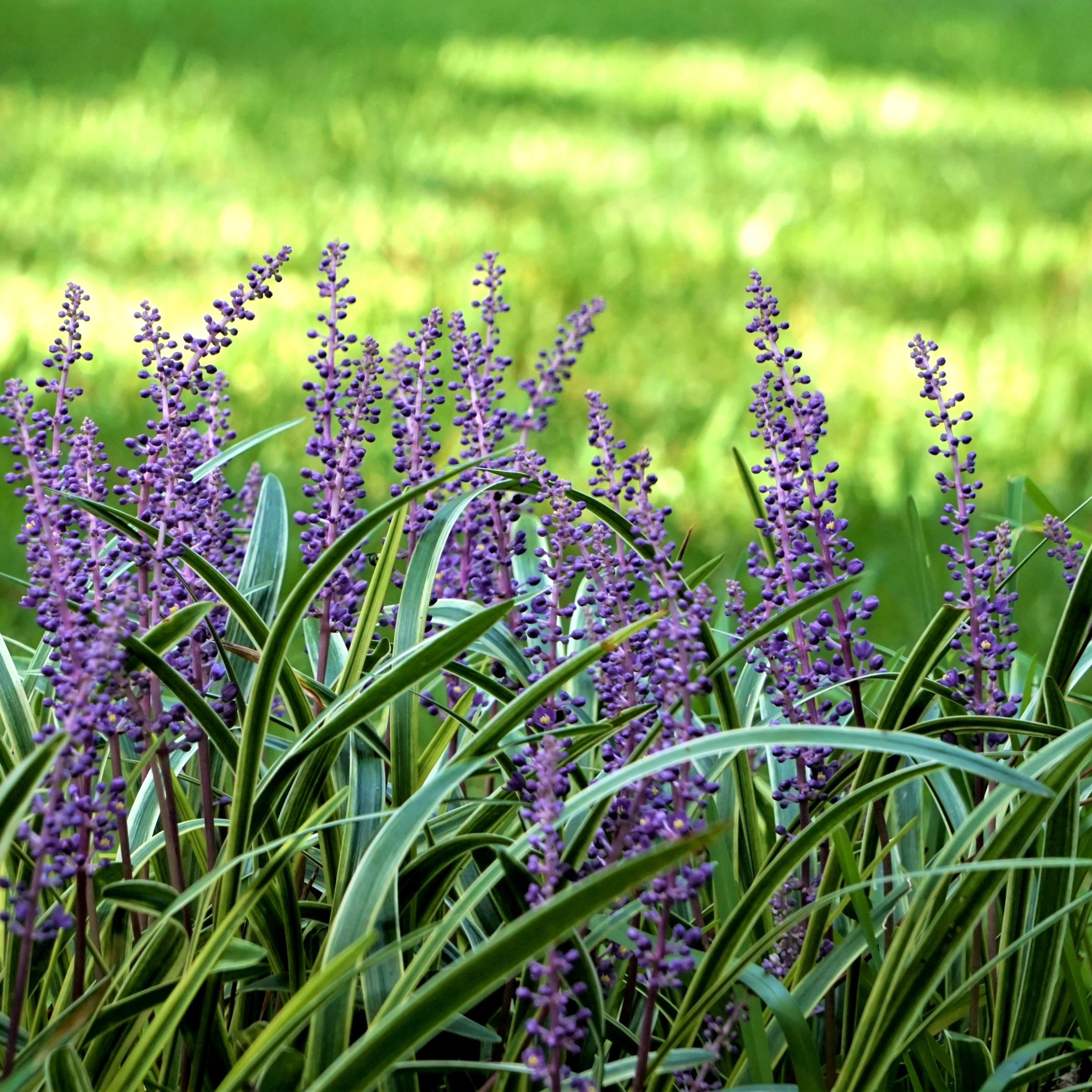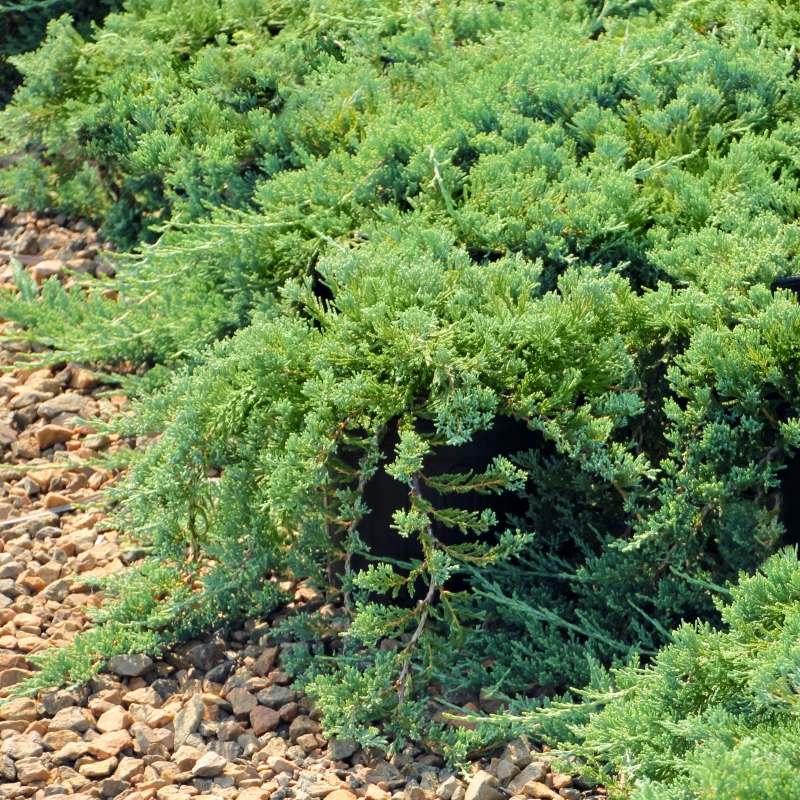

Walker's Low Catmint
Nepeta x faassenii 'Walker's Low'
20 reviews


Walker's Low Catmint
Nepeta x faassenii 'Walker's Low'
20 reviews
- Perennial plant with long blooming season
- Drought tolerant and low maintenance
- Attracts bees, butterflies, and other pollinators to your garden
- Ships to 43215 in 7-10 Days
- Free Shipping Over $150
- Plant Arrival Guarantee
- In Stock
- Free Plant Consult
$200
$46.00
$66.00
30% Off
1 Gallon
We are sorry, product is currently out of stock due to seasonal availability. Please check the "Related plants available in your area" section below
Why Walker's Low Catmint?
Walker's Low Catmint is a popular perennial plant that can grow up to three feet tall and wide. It blooms from late spring to early fall with lavender-blue flowers that attract bees, butterflies, and hummingbirds. This plant prefers full sun to partial shade and well-draining soil. It's known for its long-lasting blooms, low maintenance, and deer resistance. It makes a great addition to gardens, borders, and rock gardens.
Related plants available in your area
Sunlight
Walker's Low Catmint (Nepeta faassenii 'Walker's Low') requires full sun to partial shade. It thrives best when exposed to at least 6 hours of direct sunlight per day.
Watering
Walker's Low Catmint requires regular watering, especially during hot, dry weather. It prefers slightly moist soil and should be watered deeply once or twice a week. Avoid overwatering, as catmint plants do not tolerate consistently wet or soggy soil.
Fertilizing
Walker's Low Catmint is a low-maintenance perennial plant that does not have specific fertilizer requirements. It generally thrives in average to poor soils and can tolerate a range of conditions, making it a suitable choice for gardens with minimal fertil
Walker's Low Catmint is an herbaceous plant that is an excellent addition to any garden. This plant is adaptable to various climates, from hot and dry to cold and humid, making it perfect for most parts of the United States. It is hardy in zones 3 to 8 and can tolerate drought-like conditions. Walker's Low Catmint boasts highly aromatic soft blue-purple flowers and silvery-green leaves that bring a calming and serene feel to any garden design. This catmint variety is versatile, as it is suitable for edging, borders, and even ground covering.
In addition to the aesthetics that Walker's Low Catmint brings to your garden, it is also a pollinator favorite. Cats aren't the only ones who find this plant irresistible; bees, butterflies, and hummingbirds swarm to its sweet nectar, making it an excellent choice for those who love watching pollinators work. Walker's Low Catmint prefers well-drained, slightly alkaline soil with low to medium moisture. Fun Catmint fact- it contains nepetalactone, the compound that gives cats a euphoric feeling.
In general, Walker's Low Catmint is a plant that requires minimal maintenance. Pruning once its flowers start to wilt can encourage second blooming. However, if left unpruned, it self-seeds, leaving fresh sprouts for future growth. With its tolerance for drought-like conditions, you can reduce watering to about once a week or less, making it an excellent option for the water-conscious gardener. Growing Walker's Low Catmint can also help repel ants and aphids. This is due to its organic compound, nepetalactone, which is an alternative to artificial repellents. These properties make Walker's Low Catmint a plant that is both beautiful and functional for your garden. Its adaptability to different climates and ease of maintenance make it an excellent choice for both beginner and seasoned gardeners alike.
Plant Information:
| Botanical Name: | Nepeta x faassenii 'Walker's Low' |
| USDA Zones: | 4-9 |
| Water: | Moderate to Low |
| Exposure: | Full Sun |
| Soil Needs: | Widely Adaptable |
| Mature Height: | 2 - 3 feet |
| Mature Spread: | 2 - 3 feet |







Pollination Info
Pollination information for Walker's Low Catmint (Nepeta x faassenii 'Walker's Low')
Walker's Low Catmint is a perennial plant that blooms from late spring to early fall. The plant is known for its attractive blue-violet flowers that bloom in clusters atop long stems. The plant is highly attractive to bees, butterflies, and other pollinators.
Pollination Method
Walker's Low Catmint is pollinated by a variety of insects, including bees, butterflies, and moths. These insects are attracted to the plant's nectar and pollen, which is located in the center of the flower.
Pollination Importance
Pollination is essential for the reproduction of Walker's Low Catmint and the production of seeds. Bees and other insects that visit the flowers collect nectar and pollen as they move from flower to flower. As they do so, they transfer pollen from the male part of one flower to the female part of another, fertilizing the plant and enabling seed production.
Other Pollination Considerations
While Walker's Low Catmint is highly attractive to pollinators, it is important to note that the plant should not be relied upon solely as a food source for bees and other insects. A diverse range of plants should be grown in any given area to ensure that pollinators have access to a variety of food sources throughout the year.
FAQ
Walker's Low Catmint (Nepeta x faassenii 'Walker's Low') FAQ
What is Walker's Low Catmint?
Walker's Low Catmint is a perennial herbaceous plant that is part of the mint family. It grows in a clumping habit and produces aromatic blue-gray foliage along with spikes of lavender-blue flowers in the summer months.
Where can I grow Walker's Low Catmint?
Walker's Low Catmint is a hardy plant that can be grown in many different climates. It prefers full sun but can also tolerate some shade. It is adaptable to different soil types as long as it is well-draining. This plant is drought-tolerant and requires little maintenance.
How do I plant Walker's Low Catmint?
Plant Walker's Low Catmint in the spring or fall in well-prepared soil. Dig a hole twice as wide as the root ball and the same depth. Gently loosen the roots and place the plant in the hole. Fill the hole with soil and water thoroughly.
How do I care for Walker's Low Catmint?
Water the plant regularly until it is well-established. Afterward, this plant is drought-tolerant and only needs occasional watering during dry spells. Prune the plant back after it has finished flowering to encourage new growth and a second bloom. Remove any dead or damaged branches as necessary.
What are some uses for Walker's Low Catmint?
Walker's Low Catmint is a popular herbaceous perennial in native and wildlife gardens and is commonly used in mass plantings as a groundcover or as an edging plant. It is also excellent for cottage gardens, rock gardens, and borders. This plant is attractive to bees, butterflies, and other pollinators and is a great addition to any garden that needs a pop of color in the summer months.
Planting & Care
Planting & Care for Walker's Low Catmint (Nepeta x faassenii 'Walker's Low')
Planting
- Choose a site with well-draining soil and full sun to partial shade.
- Plant Walker's Low Catmint in the spring or fall.
- Plant spacing should be 18 to 24 inches apart.
- Make a hole twice the size of the root ball and add compost to the hole.
- Water thoroughly after planting.
Care
- Water regularly, especially during dry spells.
- Fertilize with a balanced fertilizer in the spring and midsummer.
- Deadhead spent blooms to encourage reblooming and to prevent self-seeding.
- Prune back by half in late spring to promote bushiness and prevent legginess.
- Divide every three to four years in the spring or fall to prevent overcrowding.
- Watch for spider mites and aphids.
With proper planting and care, Walker's Low Catmint can provide a beautiful burst of lavender-blue flowers and fragrant foliage throughout the growing season.
Check Out These Verified Customer Reviews:
Customer Reviews
4.7 out of 5 based on 20 reviews
Thank you! Your review has been submitted.
Couldn't be happier with my purchase. The Walker's Low Catmint is a lovely addition to my garden.
Beautiful blooming plant
Easy to navigate website
Item has been added to your cart.

























